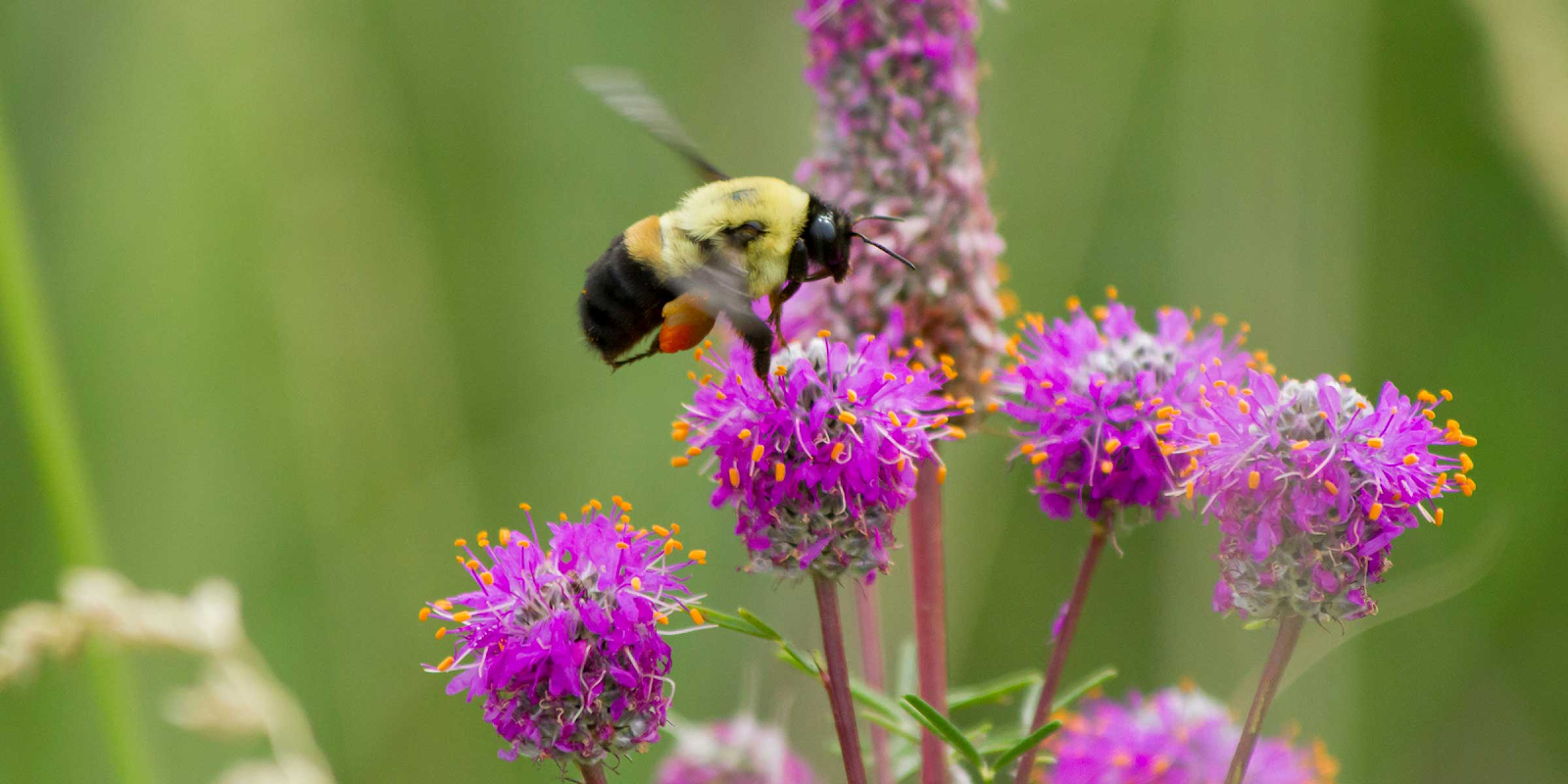By Lane Scher
If you’ve been spending time outside lately, you’ve probably noticed a lot more green over the last few weeks. Maybe you’ve also noticed more birds singing, and if you’re really paying attention, you’ll see different types of birds every couple of days. These are changes that happen every year in the Spring, and they’re part of a field called phenology — the study of seasonal patterns and cycles.
Phenology includes all the events that you associate with seasons, like trees growing new leaves in the spring which then change colors and eventually drop in the fall, or birds migrating north in the spring and returning south in the fall. Many of these events, like the growth of new leaves (“leaf out”) or flowers (“bud burst”), are triggered by changes in temperature. That’s why leaf out happens earlier in the south than in the north — southern regions get warm far earlier in spring than northern areas.
Climate change also affects phenology. As the average temperature rises each year, spring events like leaf out and bud burst happen earlier and earlier. Scientists who study phenology use data collected from the same locations in different years to see these patterns.
A great example is data from Henry David Thoreau’s journals in New England in the 1850s. You may know Thoreau from English class, but I bet you didn’t know he also studied phenology. Thoreau walked for hours every day and recorded in his journals when leaves and flowers emerged in the spring. Scientists can return to the same location and see when these leaves and flowers emerge today, almost 200 years later! Studies like this one show us that leaf out and bud burst are happening earlier now than ever before.
The National Phenology Network collects phenology data from volunteers, or citizen scientists, all over the US. They use these data to monitor when spring events happen. This year, spring in North Carolina was three weeks earlier than average! In many parts of the state, this was the earliest spring on record. Check out their maps here!
We might be excited for the cold weather to end, but earlier spring isn’t necessarily a good thing for nature. If birds migrate north too early, before insects have emerged from their eggs, there won’t be food for them to eat. This problem is called a “phenological mismatch”. We see a lot of these mismatches: if flowers bloom before the insects that pollinate them hatch, they can’t be pollinated.
If spring events in all plants and animals were triggered by the same things, we might not see these phenological mismatches. But that isn’t the case. While some plants and animals respond to temperature, others are triggered by day length, and others are driven by a combination of both. Even of the events that are triggered by temperature, some are highly sensitive to changes, meaning a small change in temperature makes the event much earlier, but others are less sensitive, so they don’t change at all in response to the same change in temperature.
These phenological mismatches are only going to get worse as the climate continues to change. Many researchers are trying to figure out what will happen, but they need a lot of data from all over the world. You can help! Become a citizen scientist and add your own records to the National Phenology Network database. Just like Thoreau’s journals, your contribution will help scientists understand changing phenology around the world.
Edited by Jenna Beam and Sarah Brotman

